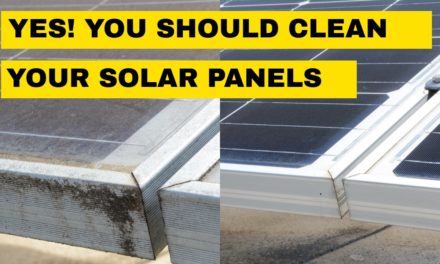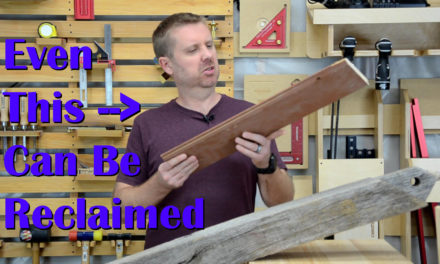
OVERVIEW
Applying a penetrating concrete sealer is a super easy DIY task. It’s so easy you’ll wish you had done it sooner! In this video we’ll cover the methods used to apply a siliconate concrete sealer, but these methods apply to most penetrating sealers. This is the third and final video of our 3 part series so be sure to check out the first two videos if you missed them:
Part 1 – Cleaning Concrete (https://youtu.be/pm_-GpjN2Fw)
Part 2 – Choosing a Concrete Sealer (https://youtu.be/pXGfoRfoYBk)
*Part 3 – Sealing Your Concrete*
Bonus – Sealing New Concrete (https://youtu.be/h8xU8sT8BeA)
Be sure to carefully follow the directions of the sealer you intend to apply. Application instructions vary by manufacturer. Toolbox DIY has no affiliation with the product or manufacturer of the sealer used in this video.
Show Notes:
In this episode, Chris will demonstrate how to apply water-based siliconate penetrating sealer. Be sure to read the sealer manufacturer’s application instructions. These can vary from product to product. Before you get started, make sure the concrete is cleaned thoroughly. The sealer used in this video may not be right for your application so be sure to check out the different types of sealers available.
When buying your sealer, be sure to calculate how many square feet you are sealing and buy the amount necessary for that coverage. Coverage rates are usually expressed as range so take the lower number to unsure you don’t run out of sealer in the middle of the job.
If you are sealing exterior concrete, check the weather forecast and make sure there is no chance of precipitation within the necessary drying time of your sealer. You also want to check the recommended application temperature. The product used in this video should not be applied if the temperature of the concrete is not within 35-100°F. Use an inexpensive laser thermometer to check the surface temperature.
Preparation tips:
- Some sealers can etch glass and metal. They may also discolor other materials like wood so consider taping off or masking these areas with plastic.
- If you’re cleaning and sealing within a few days of each other, consider keeping any plastic or tape material that you may have applied during the cleaning process. It will save you time.
- Clear the surface of any debris or dirt. You can use a leaf blower to get any dust off. Make sure your shoe soles are clean or remove them so you don’t track dirt onto the surface.
Application tips:
- Start by using a small brush or roller to “cut in” around walls.
- Use a paint roller or garden sprayer for application. It’s a good idea to have a roller on hand to better direct and spread the sealer.
- Apply liberally as these sealers have the consistency of water. If after a minute any sealer hasn’t soaked into the concrete, use a paint roller to spread the excess to a different area.
- As the sealer dries, it may produce a white outline where you originally started. Don’t panic! This will go away after all the sealer completely dries.
- If enough sealer is applied, one coat should be adequate. However, don’t hesitate to attempt a second coat. If the second coat is not needed, the sealer will just bead on the surface and should be removed with a towel or something absorbent.
Once your sealer has fully cured, test the area by misting water over the concrete. If you see any dark areas, go back over these areas with another coat of sealer.








